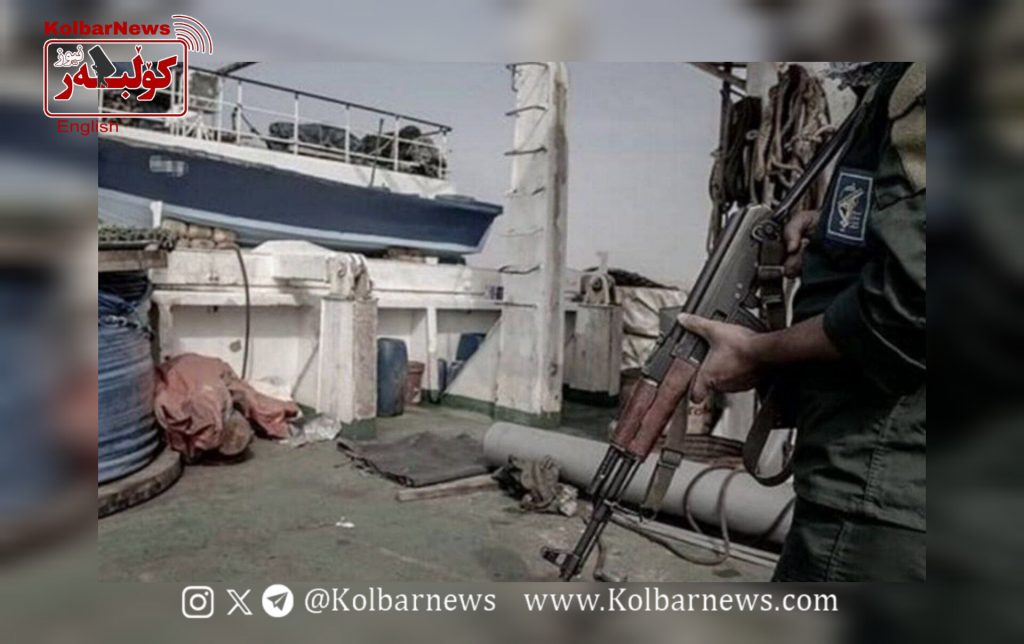
The political-news website Payam reported an incident under the title “Torture and Brutal Beating of 13 Students in Sanandaj”, stating that on Sunday, April 13, 2025, at Ghalamchi Elementary School in the village of Karjo, a suburb of Sanandaj, at least 13 fifth-grade male students were severely beaten over a missing phone charger belonging to their teacher.
The teacher, whose identity has not yet been disclosed, not only physically abused the children but also threatened them with further violence if they informed their families. Published photos reveal extensive bruises, wounds, and inflammation on the students’ bodies. A reliable source reported that the teacher, without any logical investigation and solely based on suspicion, subjected the students to torture in the classroom.
In an article titled “The Repeated Story of Student Abuse in Schools” published in Arman-e Melli newspaper on Tuesday, April 15, the author wrote that the severity of the corporal punishment, which has outraged public opinion, was so intense that one student required hospitalization.
The Arman-e Melli article referenced several other cases of student punishment by teachers in other towns and villages, blaming a few untrained teachers for these horrific actions. Based on that perspective, the article suggested an ineffective solution: including behavioral assessments and mandatory mental health certifications for teachers in recruitment exams. But what’s the real issue? The Islamic Republic’s education system is fundamentally broken, and the writer of Arman-e Melli is only concerned with superficial fixes.
The Islamic regime, by employing superstitious and uneducated clerics, active Basijis, spies, and by keeping the majority of honorable teachers impoverished, has tried to enforce its discriminatory, anti-scientific, and regressive policies in schools. The authorities aim to indoctrinate students based on gender roles aligned with the regime’s ideology. According to the ruling clerics and their followers, boys should be obedient, ready to die, spy, and suppress dissent, while girls are to become veiled homemakers raising children loyal to the regime.
For the past 46 years, controlling the education sector has been one of the regime’s key strategies. To prevent religion from being overshadowed by science, the regime has transformed schools into centers of religious superstition, historical distortion, and rote memorization. Instead of helping children and youth understand themselves and the world around them, students are forced to fill their minds with useless, distorted, and irrelevant information. Rather than using the latest scientific advances in education and exposing students to the progressive cultural achievements of humanity, they are fed a heavy dose of religious superstition and falsification.
Since these superstitions and distortions have faced resistance from aware students, activist teachers, and informed parents, the regime has responded by further Islamizing textbooks and increasing repression. Through changes to curriculum content, deploying more clerics and guards in schools, militarizing educational spaces, and imposing moral restrictions, they have sought to render the youth submissive, silent, and inert.
But Iranian youth in schools, universities, and beyond have consistently been at the forefront of resistance against the Islamic Republic’s reactionary regime. Courageous teachers have formed organized movements; students, their families, and progressive citizens have continued to resist and even defeat the regime’s inhumane actions. One of the most inspiring fronts of this confrontation was the passionate participation of students in the Jina revolutionary movement. Today, that struggle continues in even more deliberate forms. The most progressive students, teachers, parents, and advocates now recognize that only through the massive mobilization of students and educators and uniting their struggle with that of workers, women, and other segments of society can the Islamic Republic’s grip on education be broken, and the path toward freeing Iranian society from the clutches of religious tyranny be cleared.

